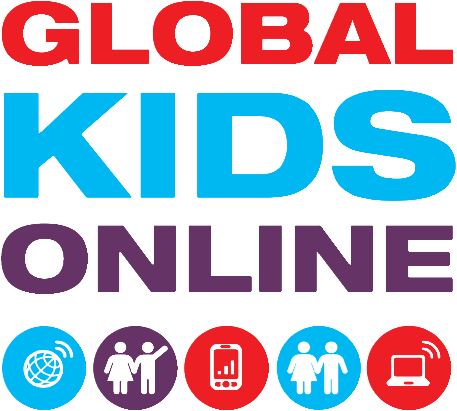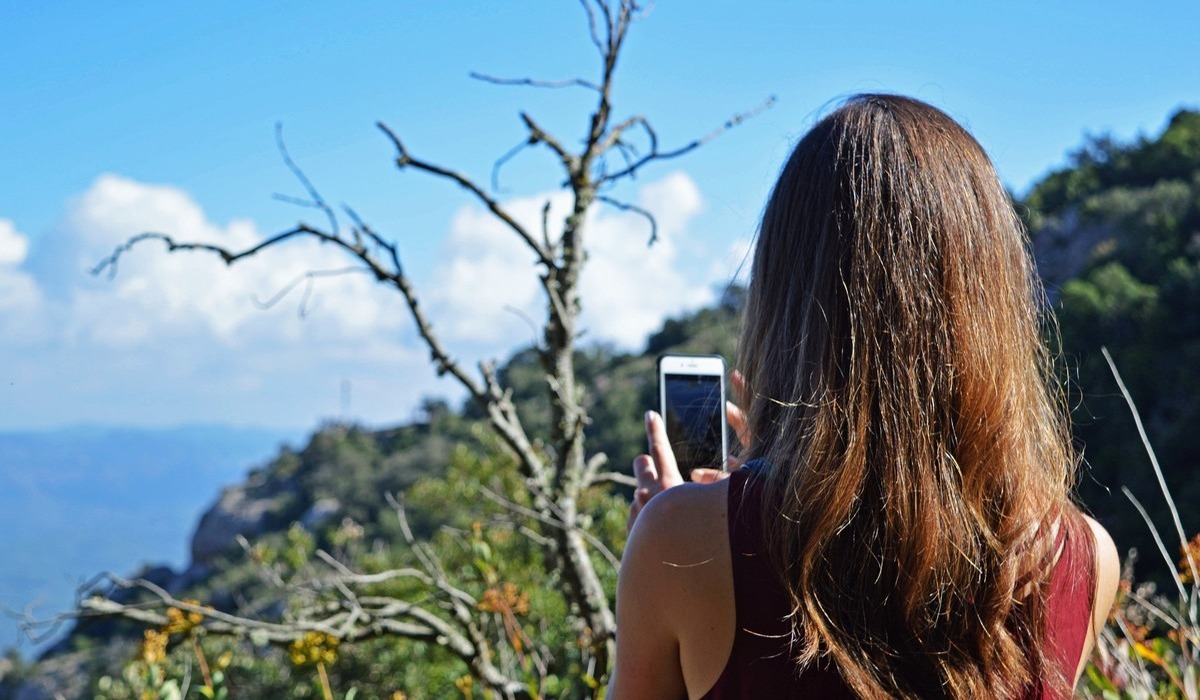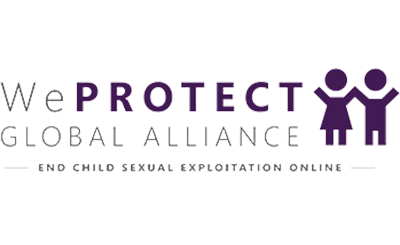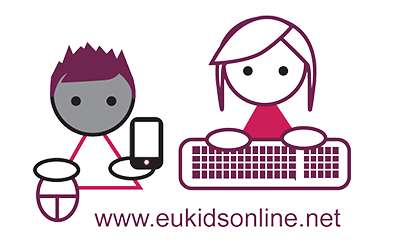The study is conducted by Save the Children Bolivia, ChildFund Bolivia and the Behavioural Science Research Institute (IICC) of the Universidad Católica Boliviana “San Pablo”. It examines children’s internet use in Bolivia within the broader Latin American context, assessing both risks and opportunities through a gender-sensitive lens.
The study reviews existing literature, maps the national regulatory and policy framework on digital violence in relation to international standards, and quantifies key digital risks and opportunities. The research also investigates children’s lived experiences and perceptions, identifies the forms and impacts of digital violence, and highlights gaps in child protection and education systems for prevention, response, and digital skill development.
Download full report (in Spanish)
Executive summary (in English)
Key findings
-
High mobile device access but persistent gaps: most children in Bolivia access the internet mainly through mobile phones, but limited school infrastructure and socio-economic and geographic inequalities widen the digital divide, especially in rural areas and among girls.
-
Children’s key digital skills are widespread but not as strong as they believe: children have technical and operational skills and communication and interaction skills, yet often overestimate their level of competence. Children have more gaps in their information navigation and content creation skills. Active mediation and formal education are key to strengthening them.
-
Digital participation and communication: digital engagement expands educational, civic, and social opportunities, though recreational uses predominate; social media and messaging strengthen bonds and communities, including in sensitive areas such as sexual health and emotional wellbeing.
-
Some online risks are more prominent for girls: contact with people they met online, non-consensual sexting, sharing personal information, and exposure to technology-facilitated violence (cyberbullying, online sexual harassment) particularly affect girls.
-
Insufficient parental and school mediation: active mediation is more effective in combining protection and opportunities, but decreases as children age; restrictive mediation reduces immediate risks but limits digital learning and autonomy.
-
Regulatory gaps: Bolivian legislation is limited and lags behind other countries in the region, making it difficult to prevent and address online violence and risks.
The Bolivian context
Fixed internet access in Bolivia stands at 56%, while mobile internet penetration is considerably higher, reaching 90% of the population in 2023. Data on internet usage among children and adolescents is extrapolated from household survey data. There is no available data regarding the prevalence of digital violence against children and adolescents. Specialised legislation addressing digital violence against children and adolescents is currently absent.
Methodology
The study uses a mixed method approach.
The quantitative study used a face-to-face survey methodology with a territorial and stratified approach to a population consisting of adolescents aged 13 to 17 years old who use digital devices and, in the three months prior to the survey, have accessed the internet at least once. Data collection was conducted nationwide, covering all urban municipalities in the country, with a total of 1200 participants divided into two strata: large municipalities, with a population of over 250,000 inhabitants; and intermediate municipalities, with a population between 125,000 and 250,000 inhabitants. A simple random sampling without replacement was employed, ensuring representativeness at the stratum level.
In the qualitative component, a total of 16 focus groups were conducted with 144 children aged 11 to 17 from the cities La Paz, El Alto, Santa Cruz, Sucre, and Tarija. The participants were drawn from both large municipalities and small municipalities to capture a wide variety of experiences. The focus groups were divided according to age groups (11 to 12 years, 13 to 14 years, 15 to 16 years, and 17 years) and gender (males and females). Additionally, semi-structured interviews were conducted with 13 parents.
Project team
The project team consists of: Marcela Losantos Velasco, Jazmín Mazó Torrico, Andrés Villalobos Guzmán, Manuela Narayani Rivera, Silvana Camacho Urquizo (Behavioural Science Research Institute (IICC), Jimena Tito Rosquellas (Save the Children), and Ximena Loza Candia (Child Fund).








